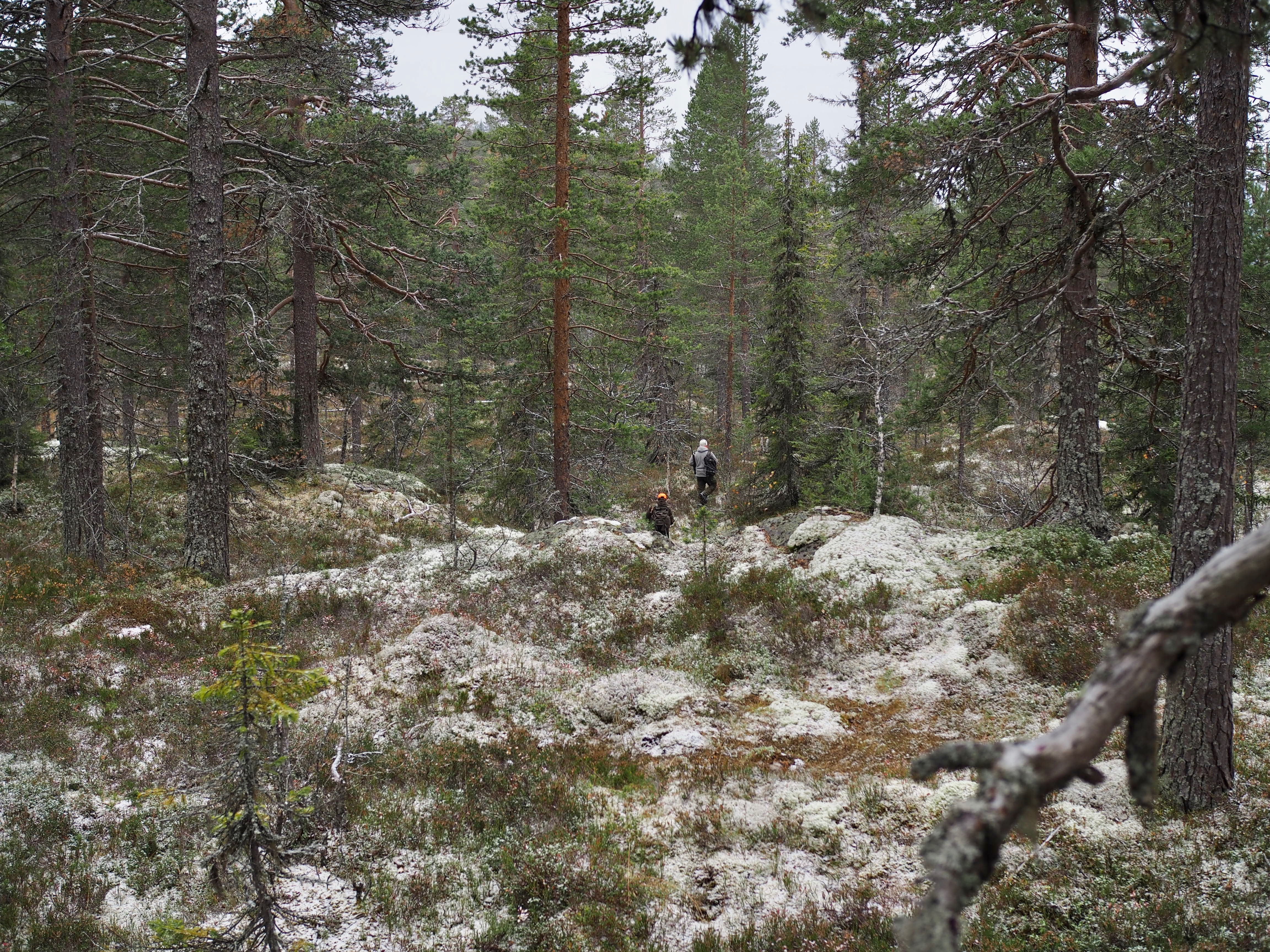
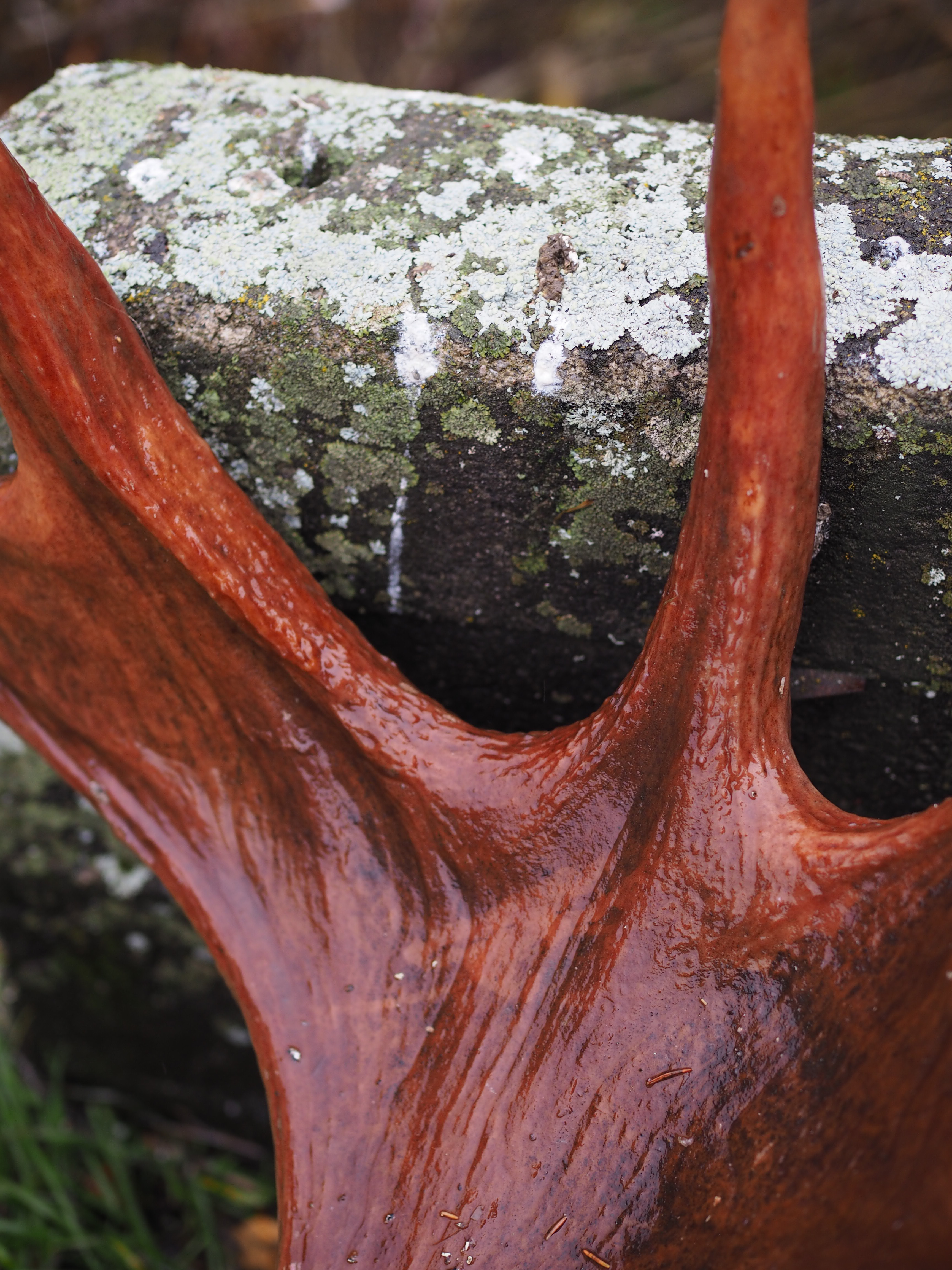 The tree branch cracks as my shoe presses firmly against it, pushing it deeper into the forest floor. The noise, though quick to pass, makes me hold my breath as I freeze every part of myself in anticipation of whether that one step will be enough to grab the attention of the mighty elg, moose, as it stands firmly planted atop the mossy floor. Movements must be feather-like and graceful. The silence and passage of time evoke a sense of kinship with the animal. Nothing is rushed. Nothing is taken for granted. This is a journey. And this journey begins long before such an encounter.
The tree branch cracks as my shoe presses firmly against it, pushing it deeper into the forest floor. The noise, though quick to pass, makes me hold my breath as I freeze every part of myself in anticipation of whether that one step will be enough to grab the attention of the mighty elg, moose, as it stands firmly planted atop the mossy floor. Movements must be feather-like and graceful. The silence and passage of time evoke a sense of kinship with the animal. Nothing is rushed. Nothing is taken for granted. This is a journey. And this journey begins long before such an encounter.
The history of moose hunting, elgjakt, in Norway extends far back and was possibly a prerequisite for the settlement of Norway after the last Ice Age. It is believed the moose came to Norway approximately 9,000 years ago and became a very important resource for those living in the mountainous regions. Discoveries of moose bones on settlements and from hieroglyphics during the Stone Age testify to the importance of the moose for Norwegians.
Today, the hunt is still strongly embedded into the culture though the philosophy behind hunting has moved away from a necessity for survival to a wider experience of nature, recreation, and self-sustainability. It is a way to be physically active and to be part of a team and a community. It is a way to connect with the environment and connect with the food system. The hunt, for many, is a part of who they are. And this is very much the case for the team I spent the day with in Rollag, Norway.
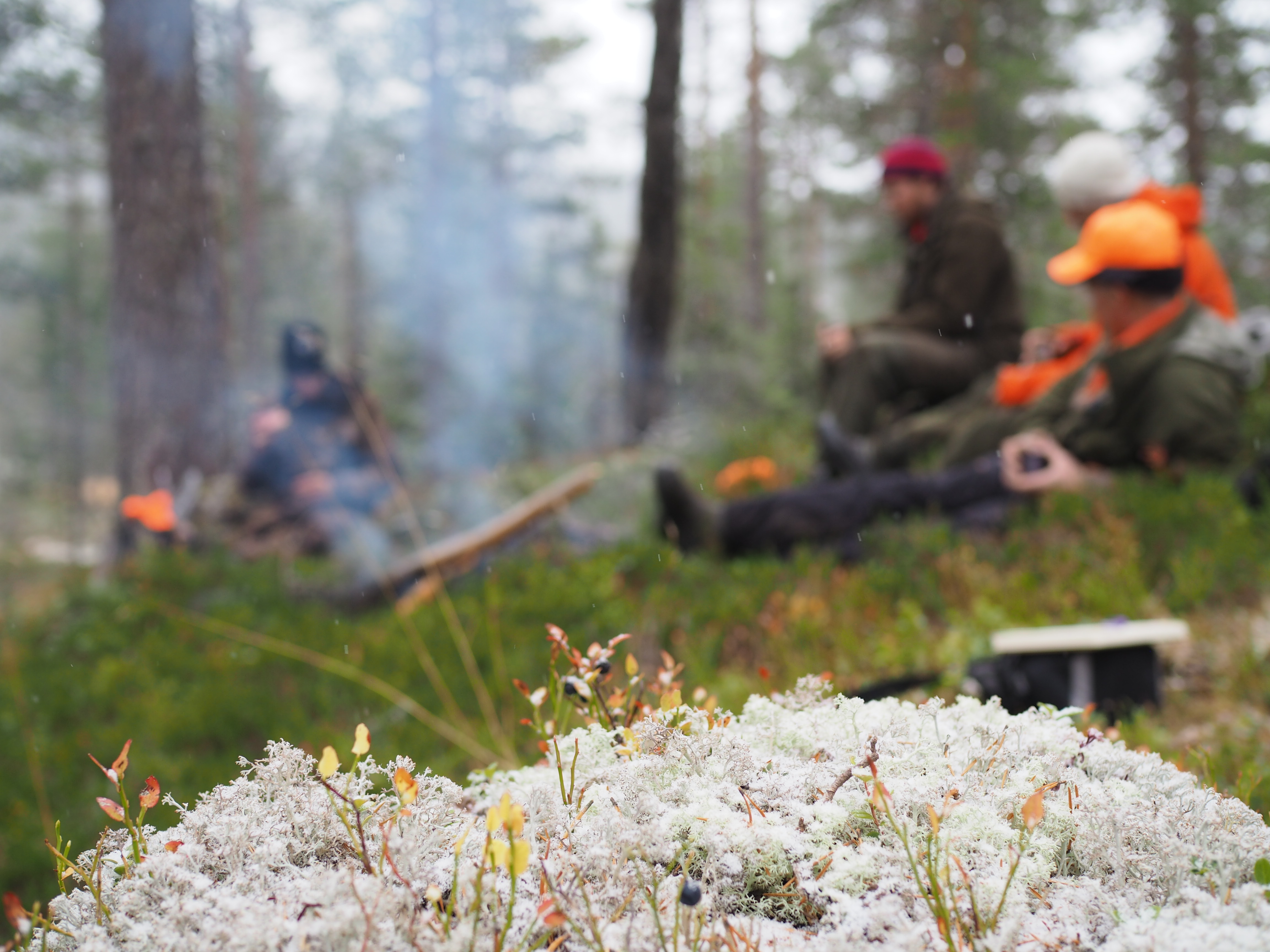 The first flurries of snow trickled from the sky. Not far from the dirt road, nestled in the bush and looking intently into the orange and yellow flames of the makeshift campfire, sits the team. Olav, Knut Halvor, Mathias and Ola are quietly engaging in conversation and a light meal as they warm themselves by the fire. Tass, the dog, is already out searching for a moose. Following friendly greetings, Olav shows me the strap on his rifle and points out how the seams are coming apart with use and age. He supposes it will soon be time to replace it, but it has a sentimental value as this was his father’s rifle, which was given to him. He accepts that nowadays the younger hunters desire the latest gadgets and styles, but there is something incredibly significant in the things that have been passed down. They have a history and many stories to tell.
The first flurries of snow trickled from the sky. Not far from the dirt road, nestled in the bush and looking intently into the orange and yellow flames of the makeshift campfire, sits the team. Olav, Knut Halvor, Mathias and Ola are quietly engaging in conversation and a light meal as they warm themselves by the fire. Tass, the dog, is already out searching for a moose. Following friendly greetings, Olav shows me the strap on his rifle and points out how the seams are coming apart with use and age. He supposes it will soon be time to replace it, but it has a sentimental value as this was his father’s rifle, which was given to him. He accepts that nowadays the younger hunters desire the latest gadgets and styles, but there is something incredibly significant in the things that have been passed down. They have a history and many stories to tell.
I am told the team was formed in 1931 by the father and uncle of Even Tråen, one of the team members not present this day. Even’s uncle shot his very first moose that year despite never seeing one before. It is said that is was possibly the only moose shot in Rollag that year. A good omen, quite possibly. The hunt has played an important role throughout many generations, especially in this region.
Today, this particular team consists of around fifteen members in total, with three hunting dogs.
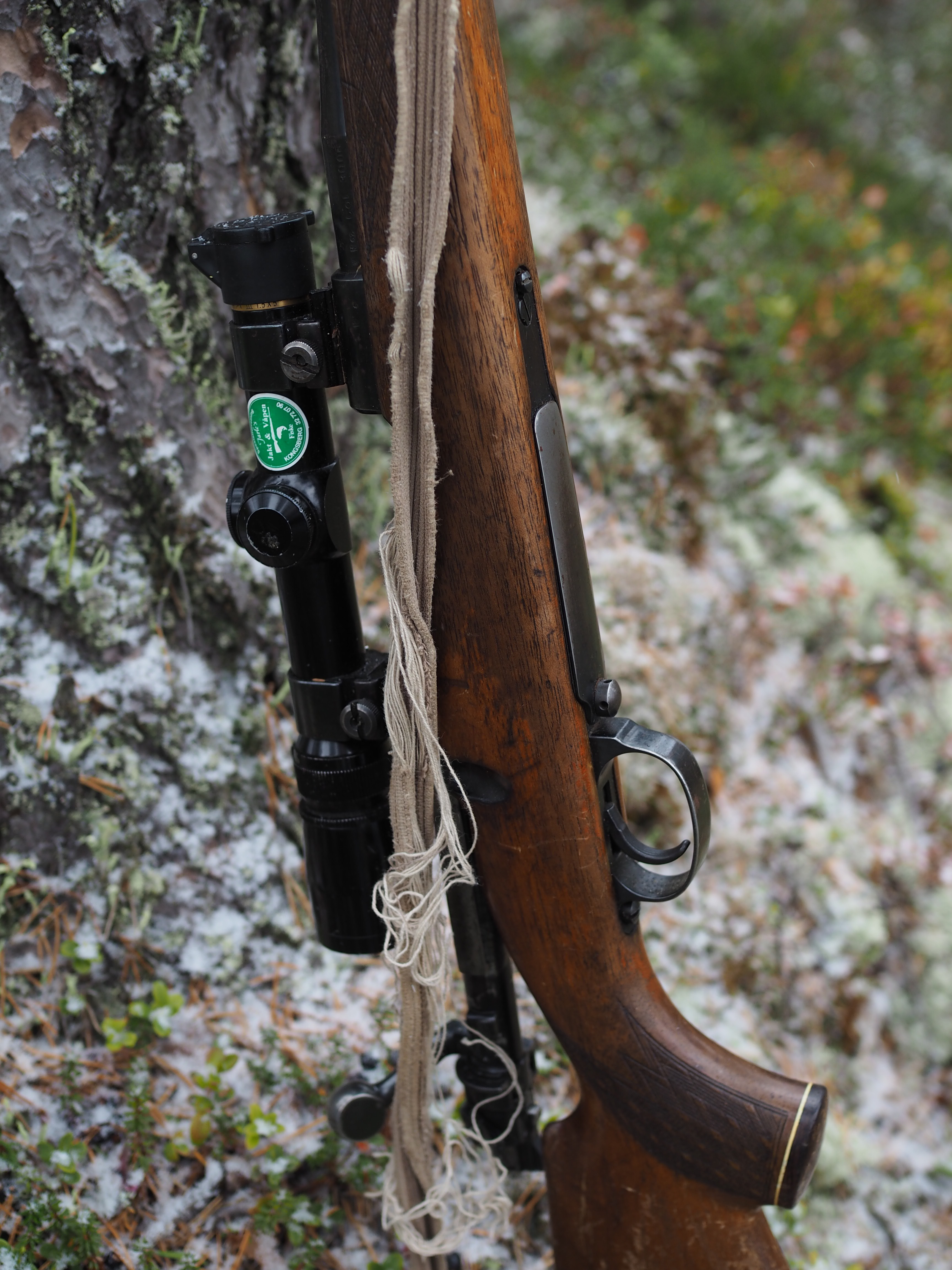


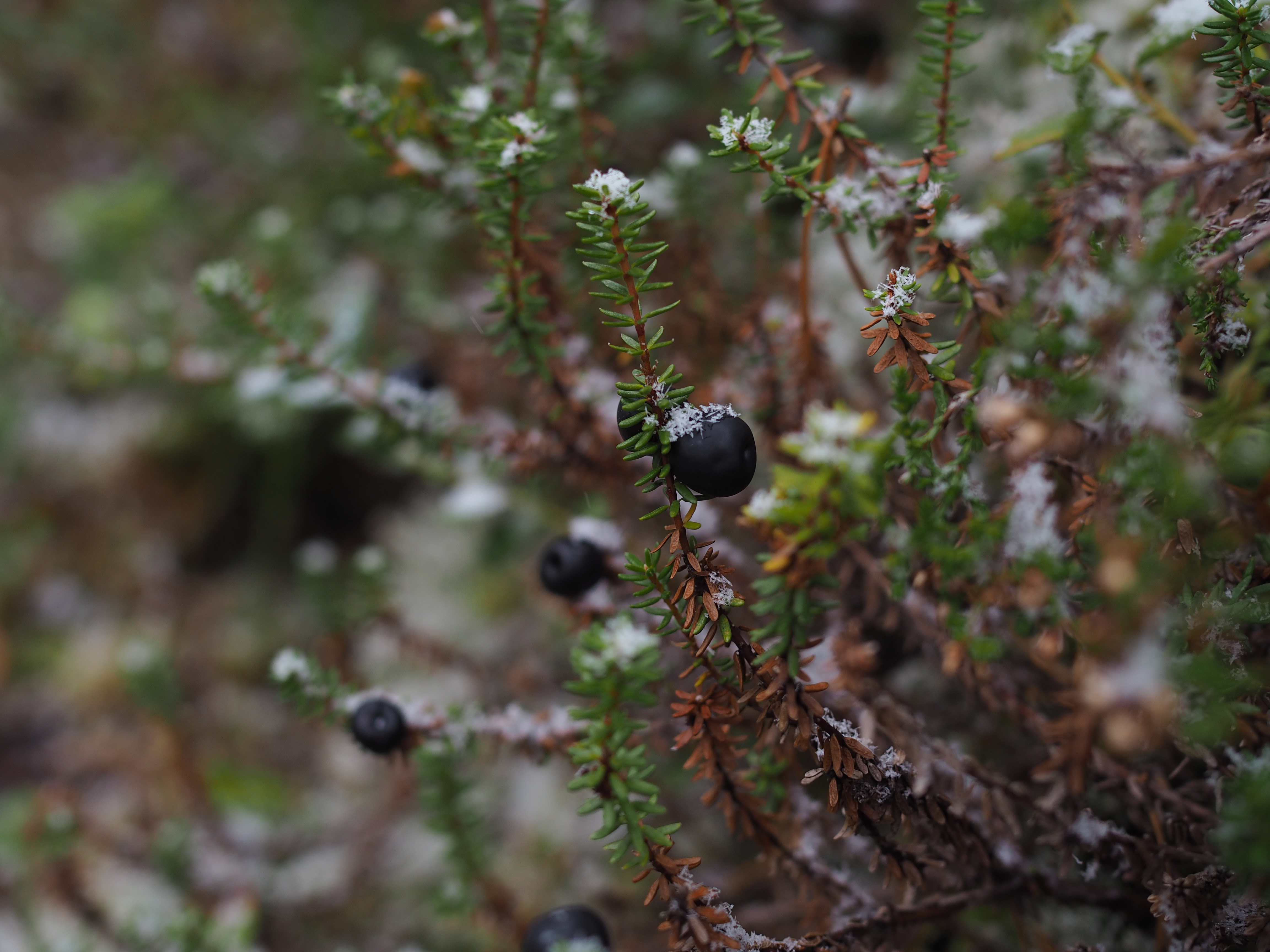 In between pauses to rekindle the fire and drink coffee, they explain how their team operates and what a typical hunt looks like. By law, a team must have one person act as the jaktleder (hunting leader). The hundefører is the one responsible for the dog. This person may or may not be the jaktleder, but it is usually the person who is the owner of the dog. Today, Knut Halvor is acting as both the jaktleder and hundefører. The dog is responsible for navigating the terrain and finding the animal. Once he has found the animal, it is the dog’s role to get the moose’s attention on him and keep the moose calm. The other members of the team will strategically place themselves among the terrain and sit and wait.
In between pauses to rekindle the fire and drink coffee, they explain how their team operates and what a typical hunt looks like. By law, a team must have one person act as the jaktleder (hunting leader). The hundefører is the one responsible for the dog. This person may or may not be the jaktleder, but it is usually the person who is the owner of the dog. Today, Knut Halvor is acting as both the jaktleder and hundefører. The dog is responsible for navigating the terrain and finding the animal. Once he has found the animal, it is the dog’s role to get the moose’s attention on him and keep the moose calm. The other members of the team will strategically place themselves among the terrain and sit and wait.
The hunt is very much built upon teamwork. Each hunter has various strengths and roles to contribute to the team. There are the skills of strategizing, mapping, agility, dog training, shooting, field dressing, transporting, butchering and also the character traits of patience, leadership, problem solving, honesty, and fair chase. Together, these, and so much more, make the team stronger. Each person plays a vital role and the hunt cannot succeed without each of its members.
The key factor during the hunt is the wind. The direction of the wind determines where the hunters will place themselves and the dog must always hunt against the wind. The moose has an intuitive nose and is able to pick up scents, which may cause alarm and scare him off.
When the dog finds a moose, he alerts the team by barking. The hundefører will then track the dog with his GPS and decide whether the animal is acceptable for the shot. This is determined by the local municipality who provides a list of how many male, female, young and old are acceptable to hunt. If the hundefører has determined that it is ok to take the shot, he will decide to whether to take the shot himself or to call to another team member to take it. It is important that each member who is interested in taking the shot is given the opportunity to do so.


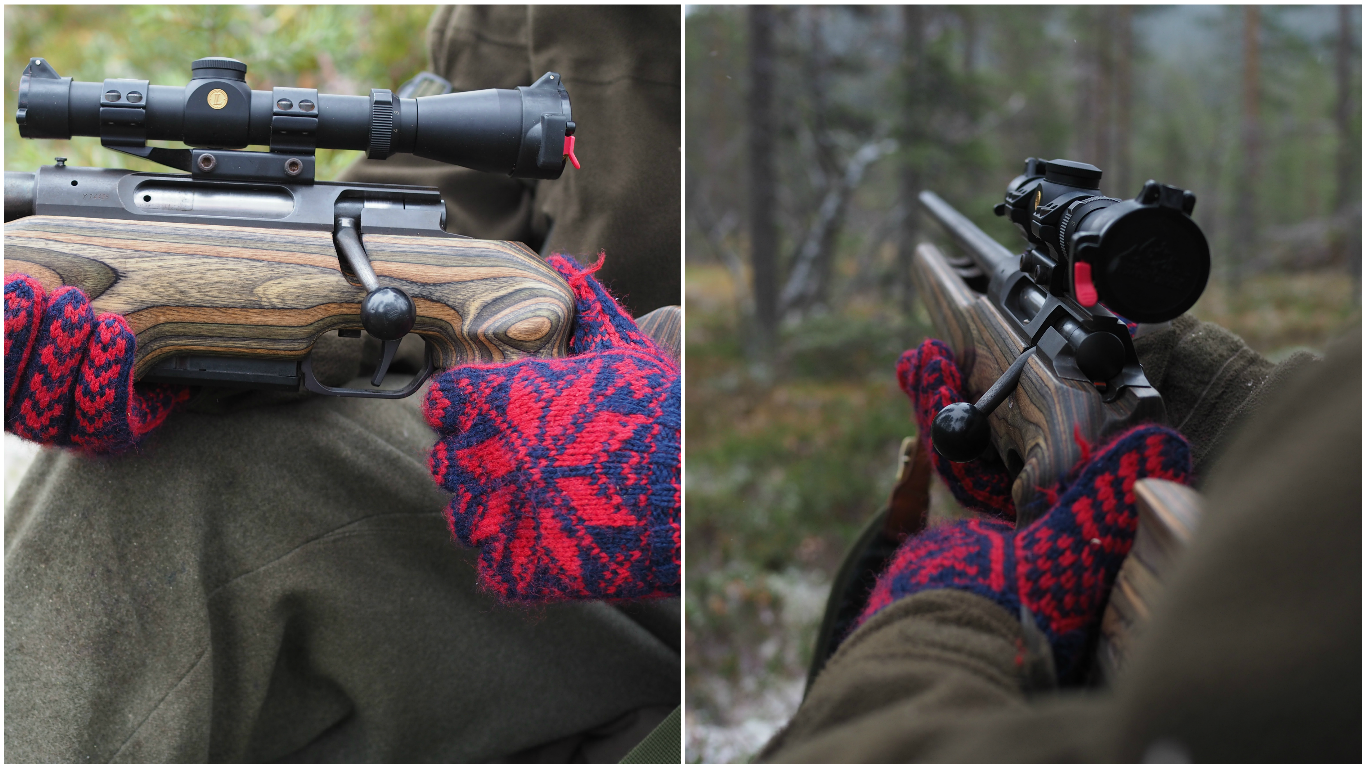 The kill is never guaranteed. And while it is indeed the goal, there is so much more happening around the hunt. It is a holistic process and one where the journey is just as important as the intended goal. Olav tells me that some of his fondest memories are when he and his wife sit quietly next to the fire, surrounded by the forest canopy. It’s the conversations, the interactions, the waiting in the stillness. Here, time allows connections and relationships to form. Hunting is a way of life. And the respect they show for each other is the same respect they show for each and every animal.
The kill is never guaranteed. And while it is indeed the goal, there is so much more happening around the hunt. It is a holistic process and one where the journey is just as important as the intended goal. Olav tells me that some of his fondest memories are when he and his wife sit quietly next to the fire, surrounded by the forest canopy. It’s the conversations, the interactions, the waiting in the stillness. Here, time allows connections and relationships to form. Hunting is a way of life. And the respect they show for each other is the same respect they show for each and every animal.
On average, the team will get 10 moose per season. Caution and consideration go hand in hand and they ensure to only take a shot when it will be effective, so as to ensure the animal a swift death.
After the kill, those capable on the team will field dress the animal, which is the process of removing the internal organs. Tradition has it that the one who hunts the animal gets the heart and the tongue. The heart will be cured and the tongue boiled and then eaten as a way to honor the animal. Although, Olav does tell me that the taste is not for everyone so sometimes the heart and tongue go to other members of the team.
After the animal is field dressed, they take the moose back to the farm where it will be skinned and hung for around 4-8 days, depending upon the temperature. There is the ‘40 degree celsius rule’, meaning the average outdoor temperature should equal 40 before the moose is finished hanging. If the temperature is around 10 degrees, for example, then the moose should hang for 4 days. An average moose waiting to be butchered will weigh around 220kg.
 I visit the old, towering barn where they hang the animals after they have been brought down from the woods. It’s wide and expansive, making the recently hunted moose look quite small in comparison. Yet, when you move closer you see just how large and majestic the animal is. I get to see the curves and beautiful coloring of the broad horns. These will go to Mathias, because this was his shot during his very first season of hunting. Each part of the moose has a purpose, and each will be used accordingly.
I visit the old, towering barn where they hang the animals after they have been brought down from the woods. It’s wide and expansive, making the recently hunted moose look quite small in comparison. Yet, when you move closer you see just how large and majestic the animal is. I get to see the curves and beautiful coloring of the broad horns. These will go to Mathias, because this was his shot during his very first season of hunting. Each part of the moose has a purpose, and each will be used accordingly.
Knut Halvor continues to explain the anatomy of the animal and the butchering process. This particular moose will hang for a few more days, it’s flesh already firming up. To see the animal up close and in this way is quite humbling. To understand the process of where our food comes from is incredibly meaningful and brings a whole new level of respect for the animal as well as those who are hunting and making it possible for us to easily access what we often take for granted.
This one moose alone will provide enough meat to feed many people over a very long period of time. It is a delicacy. It is valuable. It is a gift from the mountains.

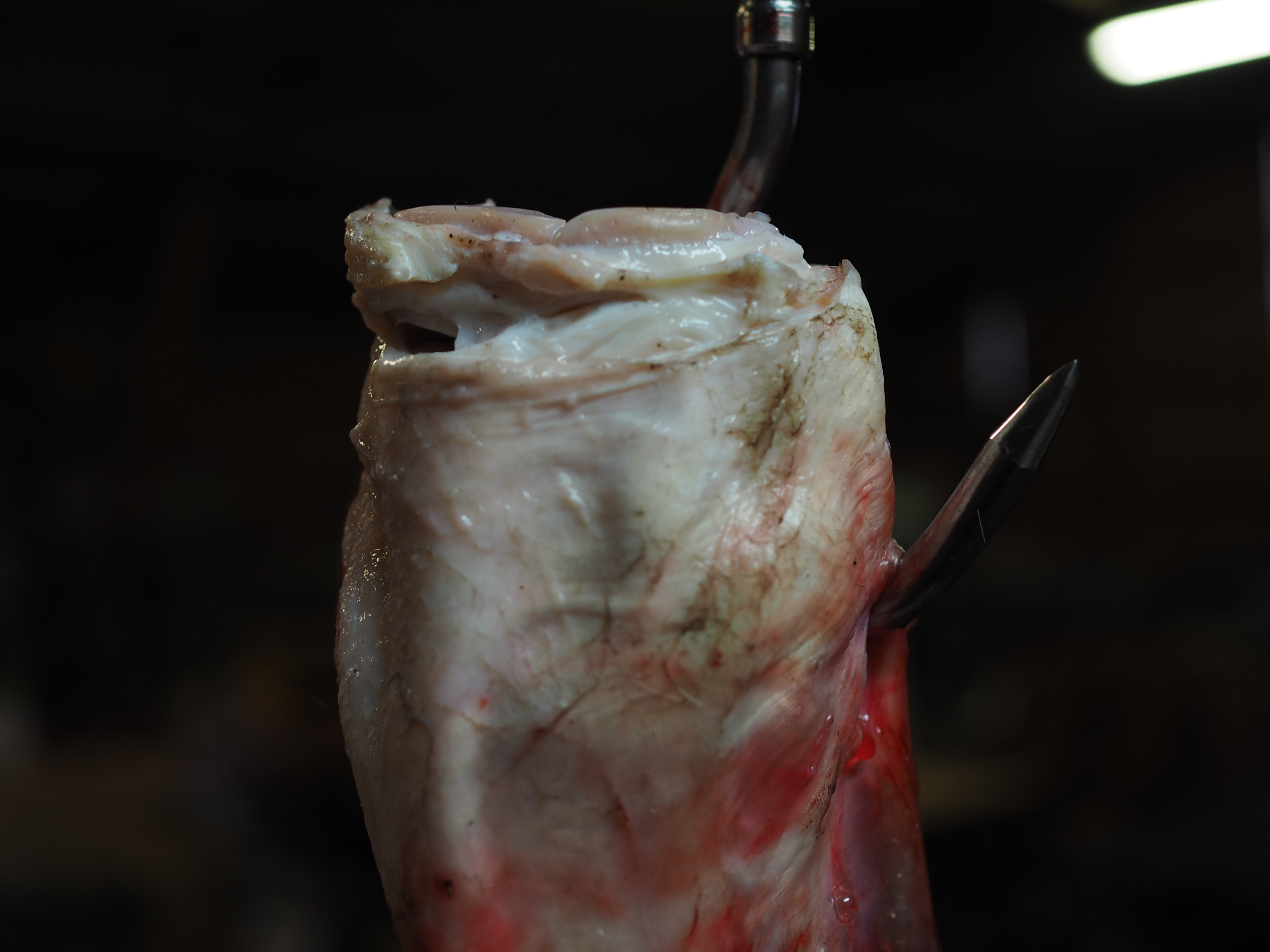 I am curious as to which Norwegian dishes traditionally use moose, so I ask Knut Halvor. He explains they often use the meat as a substitute for ground beef, making karbonader (meat patties) or kjøttkaker (meatballs). Other dishes include elgpølser (sausages), speket elgkjøtt (cured elg), gryter (stews) and steak. He tells me he has recently boiled the tongue for four hours, which he then thinly slices and puts on top of sliced bread with butter. I’m curious and so I visit his home down the road to see and taste kokt tunge.
I am curious as to which Norwegian dishes traditionally use moose, so I ask Knut Halvor. He explains they often use the meat as a substitute for ground beef, making karbonader (meat patties) or kjøttkaker (meatballs). Other dishes include elgpølser (sausages), speket elgkjøtt (cured elg), gryter (stews) and steak. He tells me he has recently boiled the tongue for four hours, which he then thinly slices and puts on top of sliced bread with butter. I’m curious and so I visit his home down the road to see and taste kokt tunge.
The texture is slightly chewy, yet soft. It’s flavorful, similar to beef. I immediately imagine a time when nothing was thrown out, but rather every part served a purpose. While nowadays most of us have the luxury of picking and choosing our ingredients, not too long ago many survived on what they could access and most peasant dishes relied on cheaper cuts of the animal. It is often our mindset that gets in the way of what can be an enjoyable dish and so it is nice to see that some traditions remain constant.
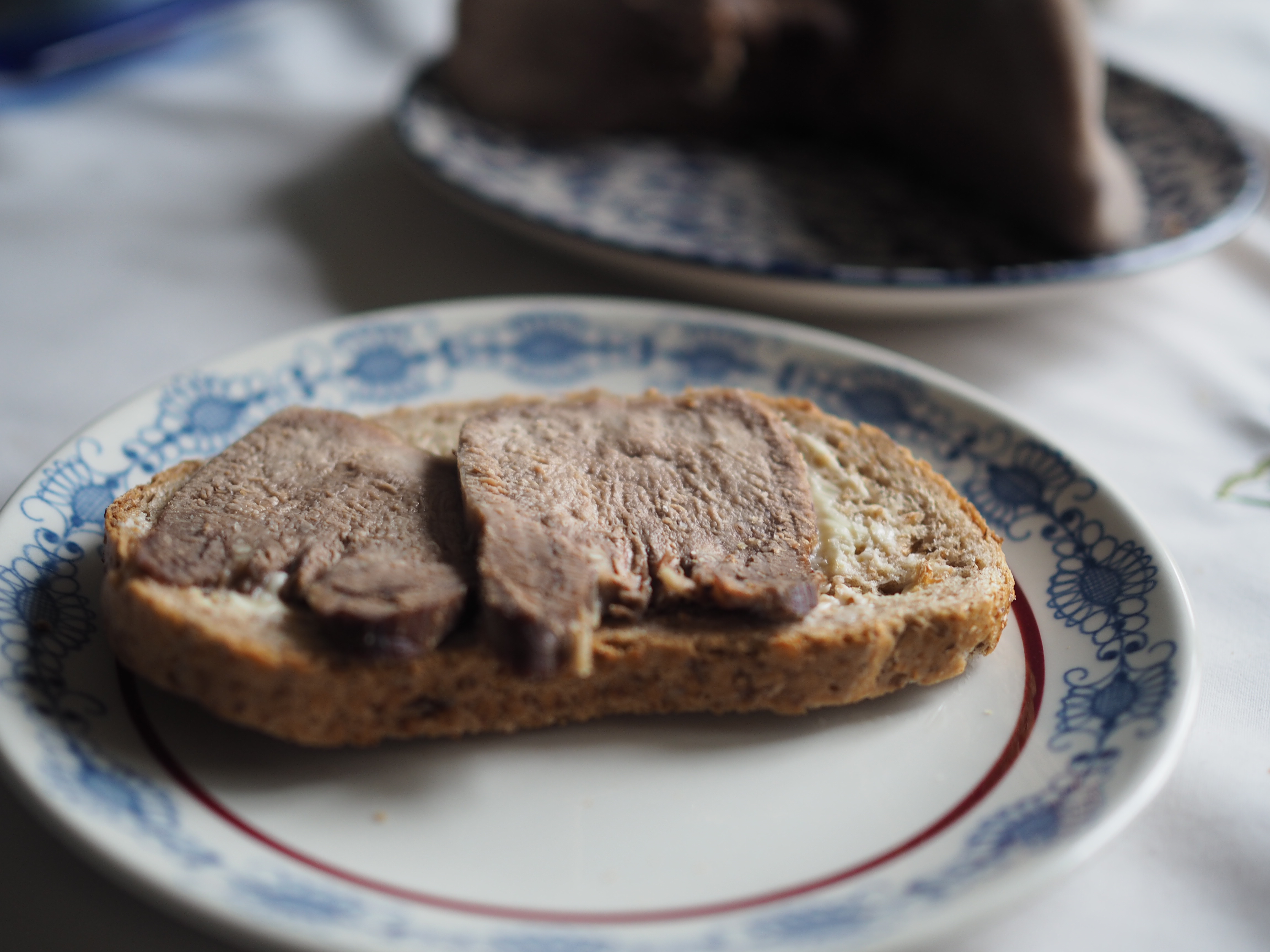
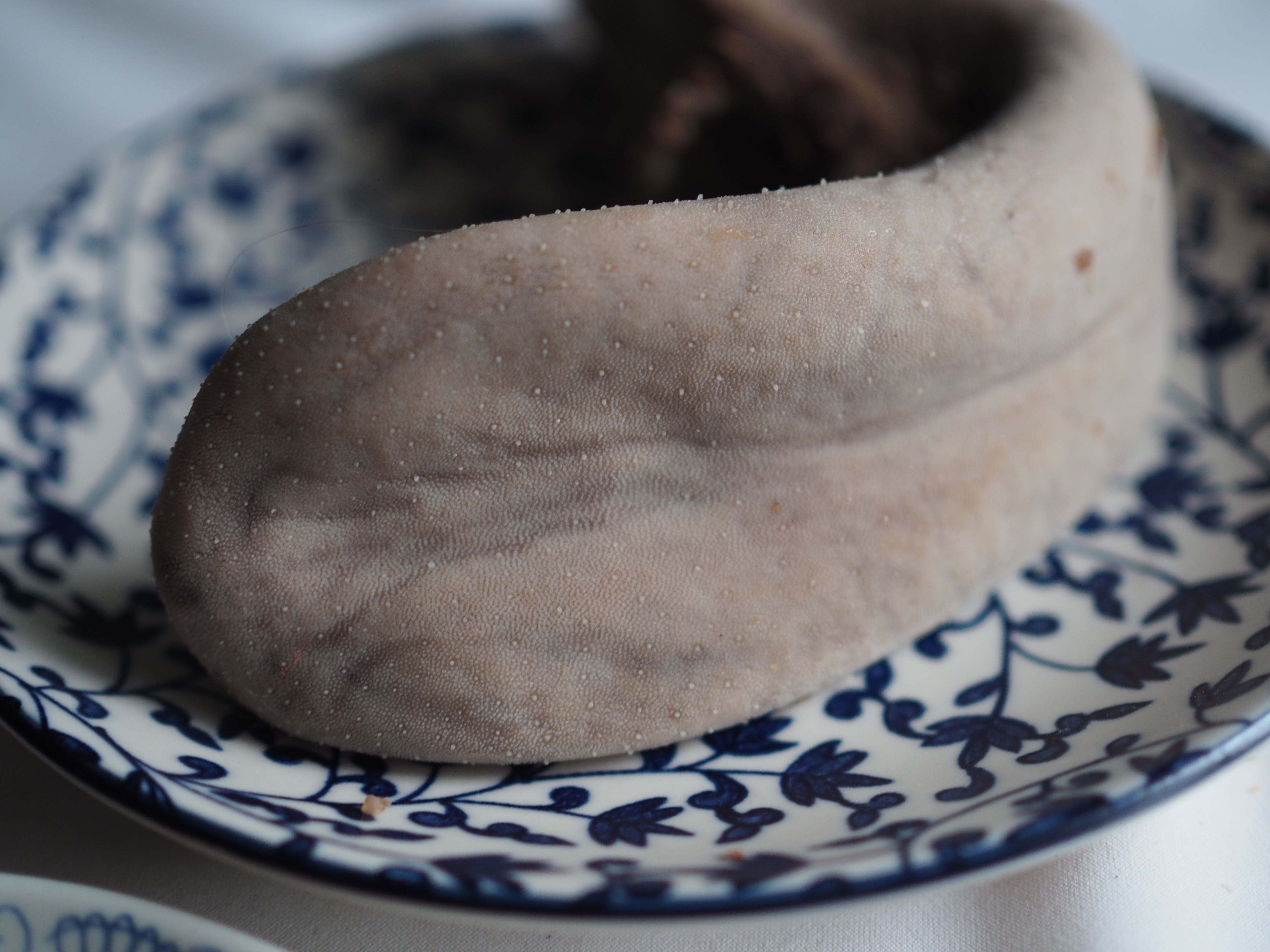 The woods are a wondrous place and to be able to spend some time learning from and hearing the stories of this team was an incredible experience. To see so much passion and respect for nature and each other was clearly visible from the moment I met them around the open fire. They value the moments and the processes that make up the journey. They are committed to the hunt and each other. They even calculate each year as before the hunt and after the hunt. So, you see, the hunt is very much a part of who they are, their makeup, their DNA.
The woods are a wondrous place and to be able to spend some time learning from and hearing the stories of this team was an incredible experience. To see so much passion and respect for nature and each other was clearly visible from the moment I met them around the open fire. They value the moments and the processes that make up the journey. They are committed to the hunt and each other. They even calculate each year as before the hunt and after the hunt. So, you see, the hunt is very much a part of who they are, their makeup, their DNA.
To have a genuine connection to the environment and to the food we consume is something to aspire to.
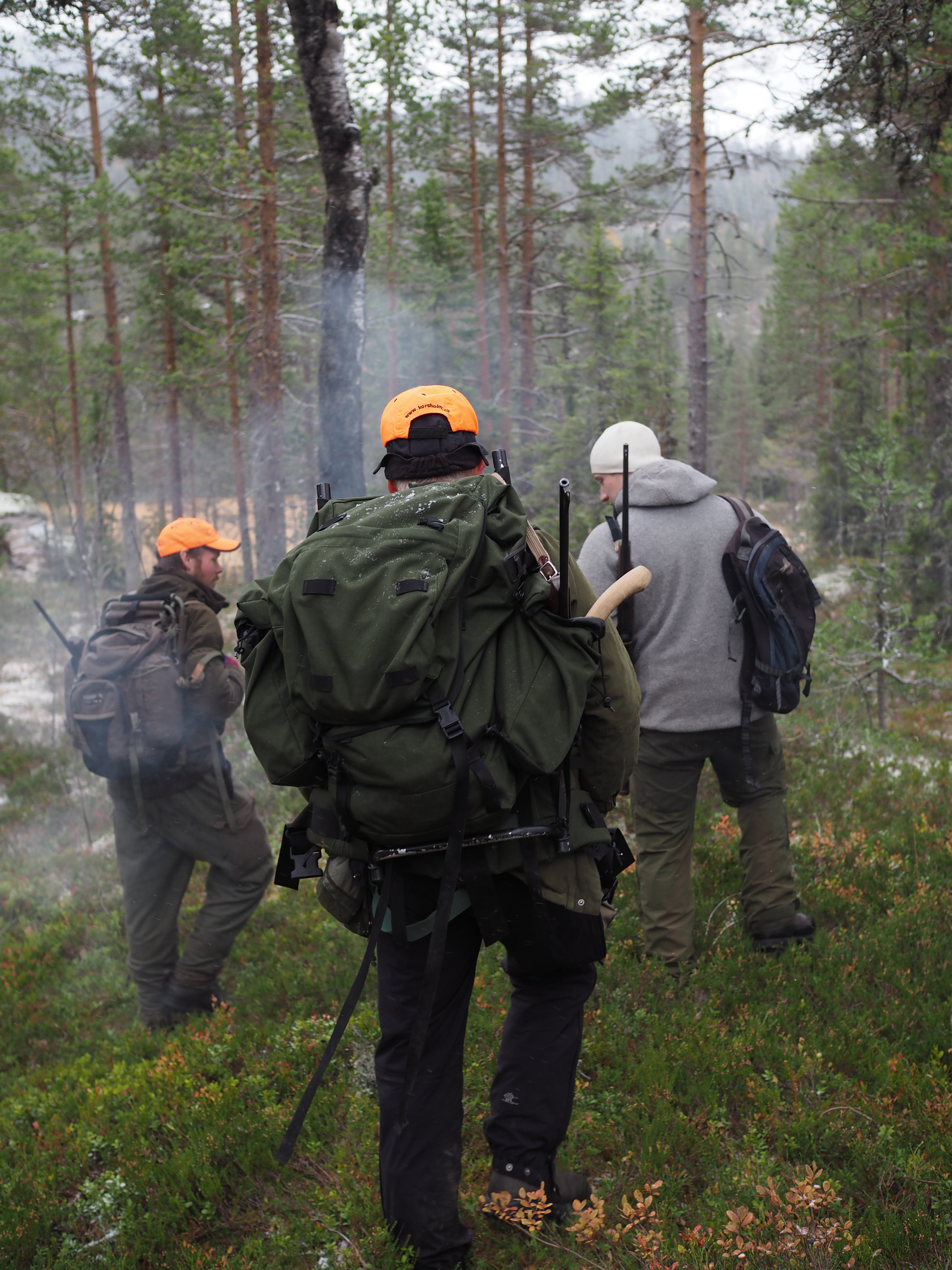
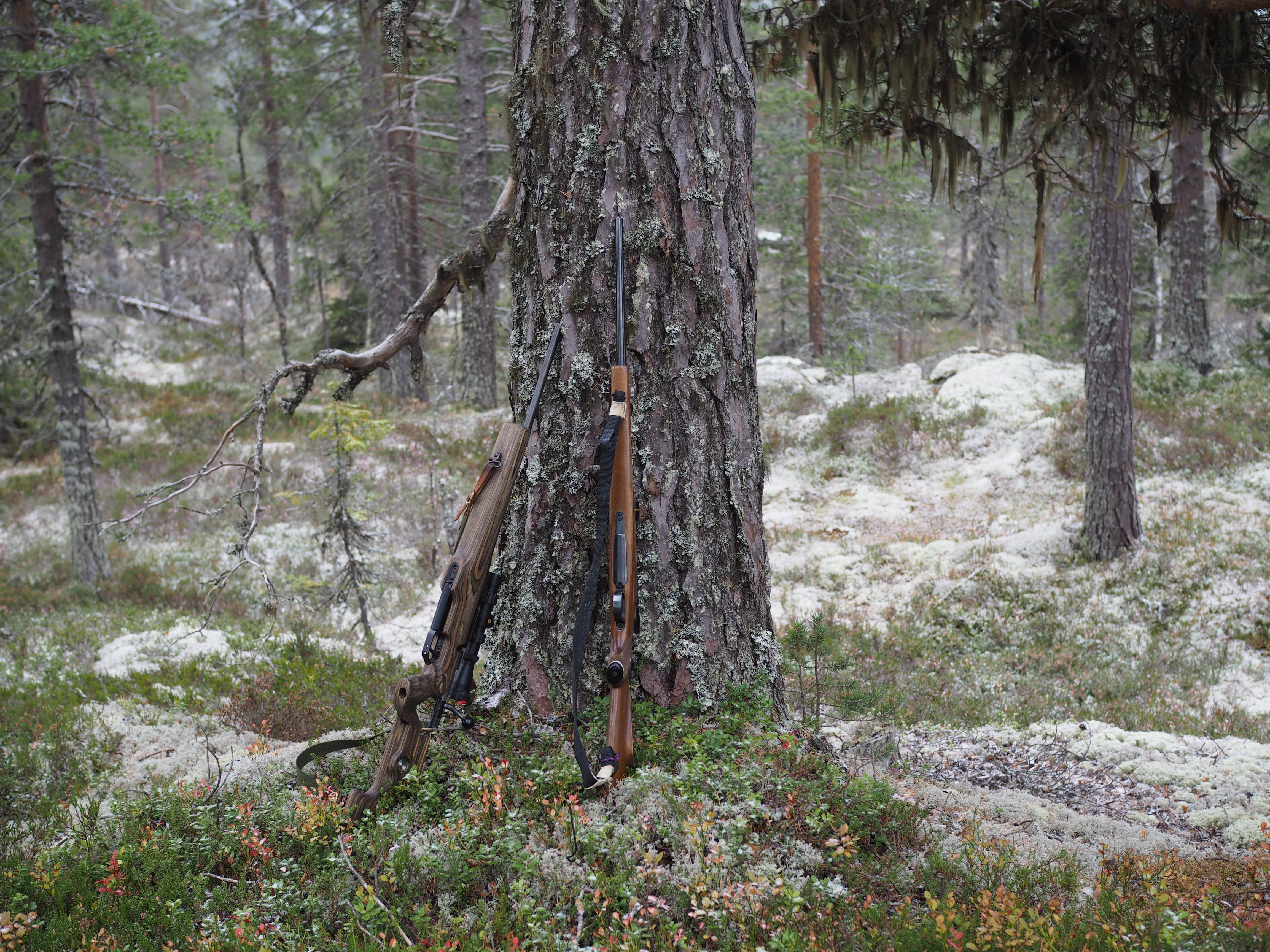
Tusen takk Olav, Knut Halvor, Ola, Mathias & Tass (the dog) ♥
For some elg/moose recipe inspiration, try my Wild Moose Burger with Forest Berry Relish
Sources: Terra Buskerud, Elgjakt
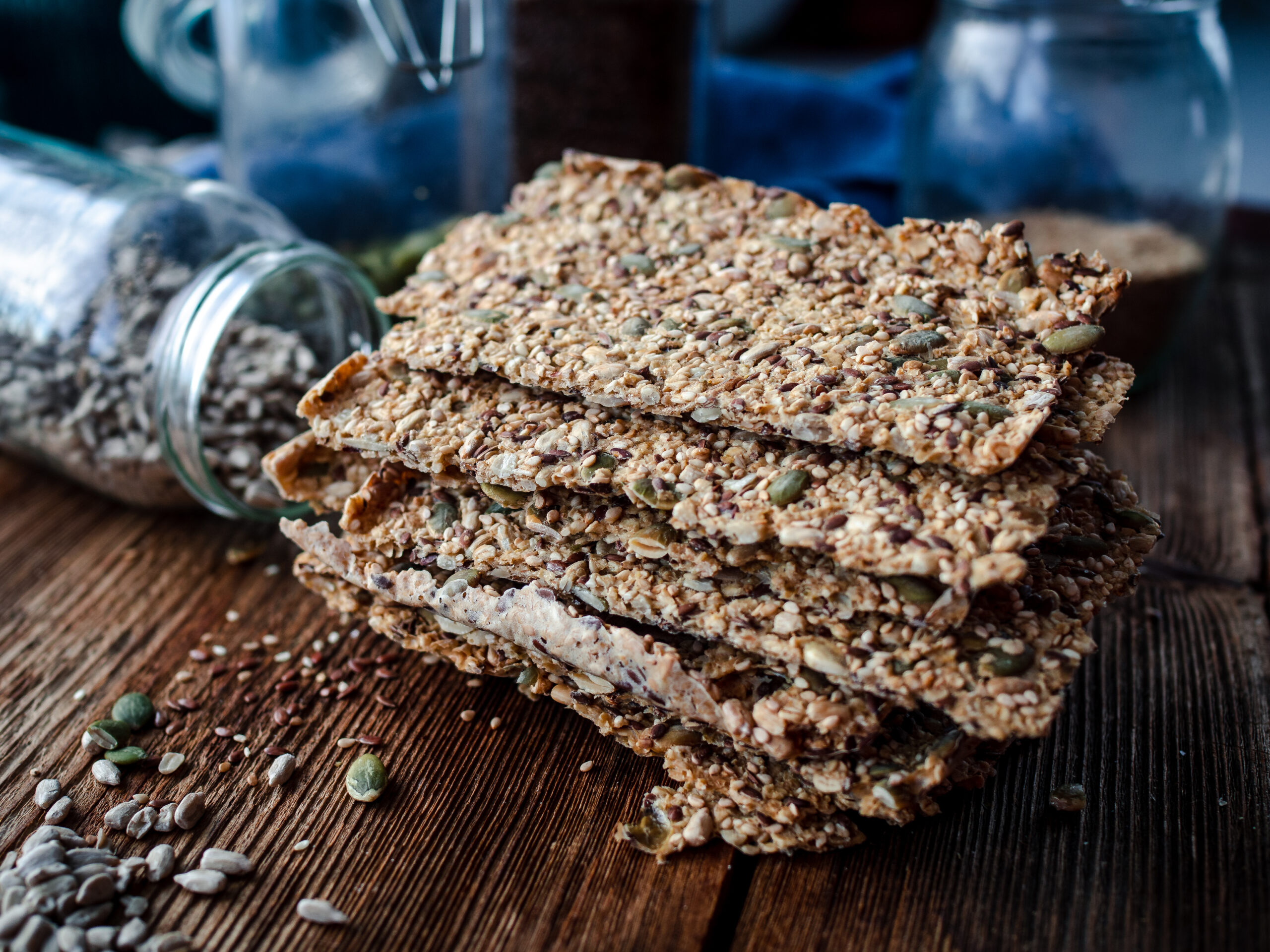
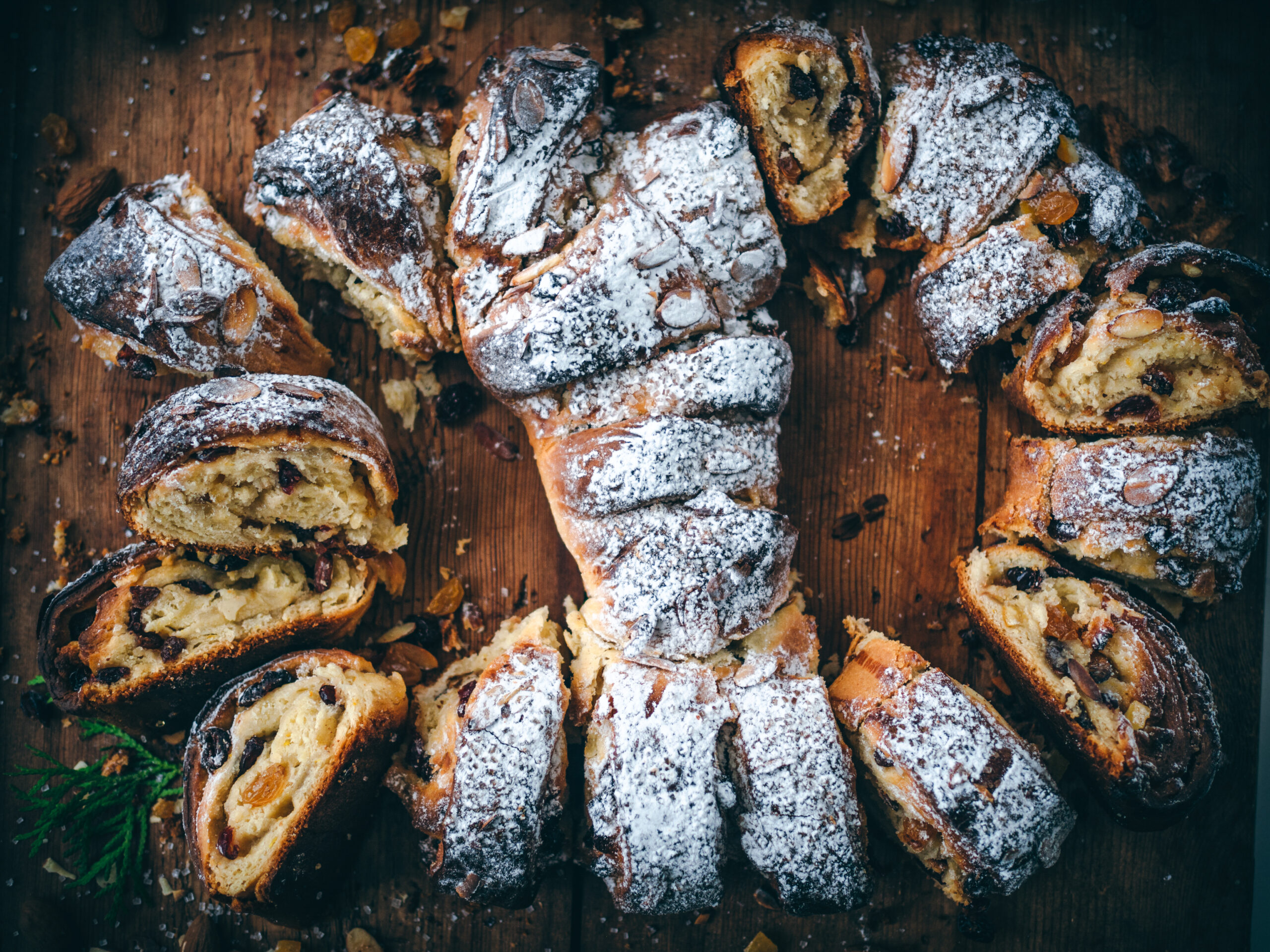
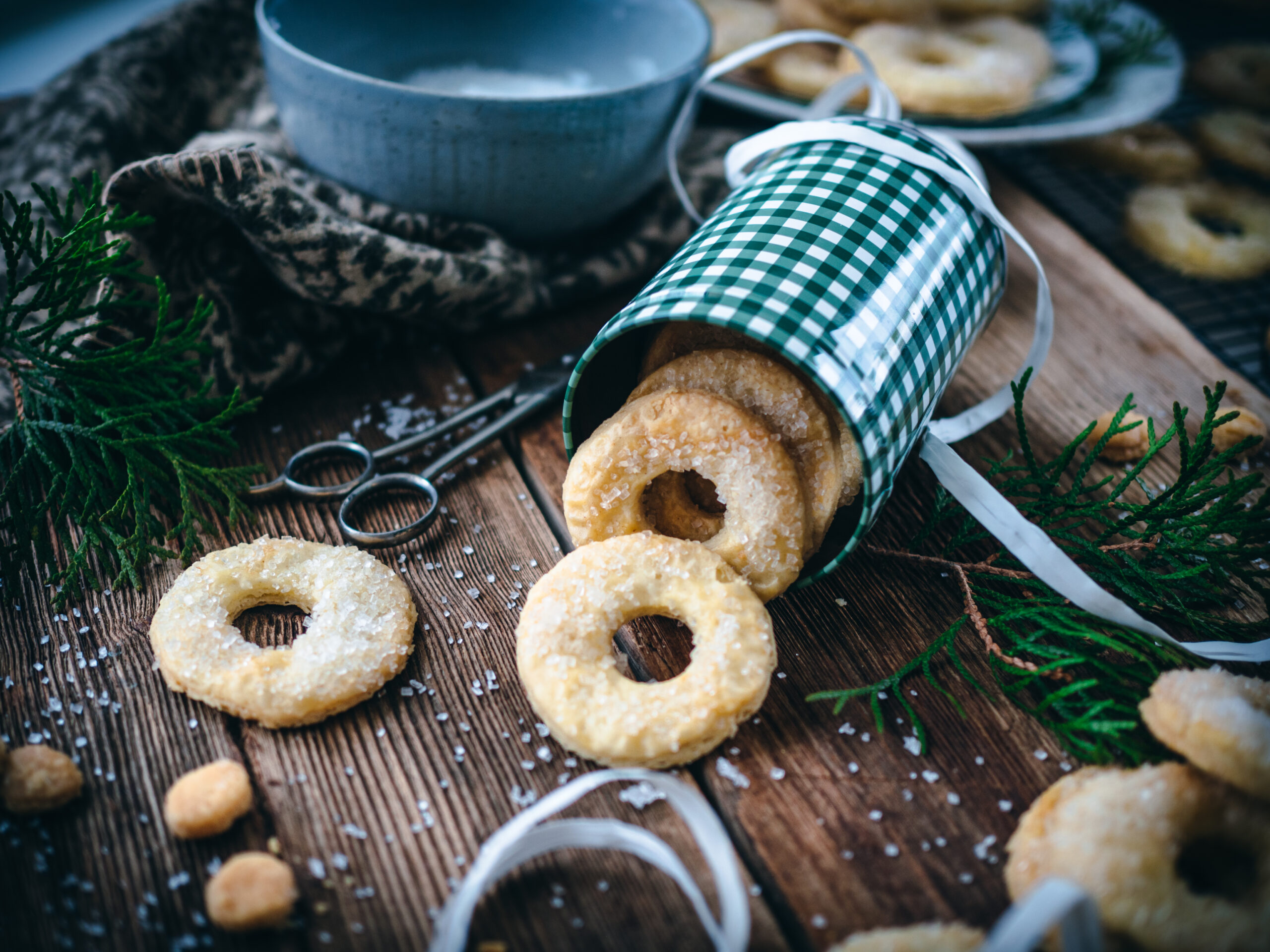
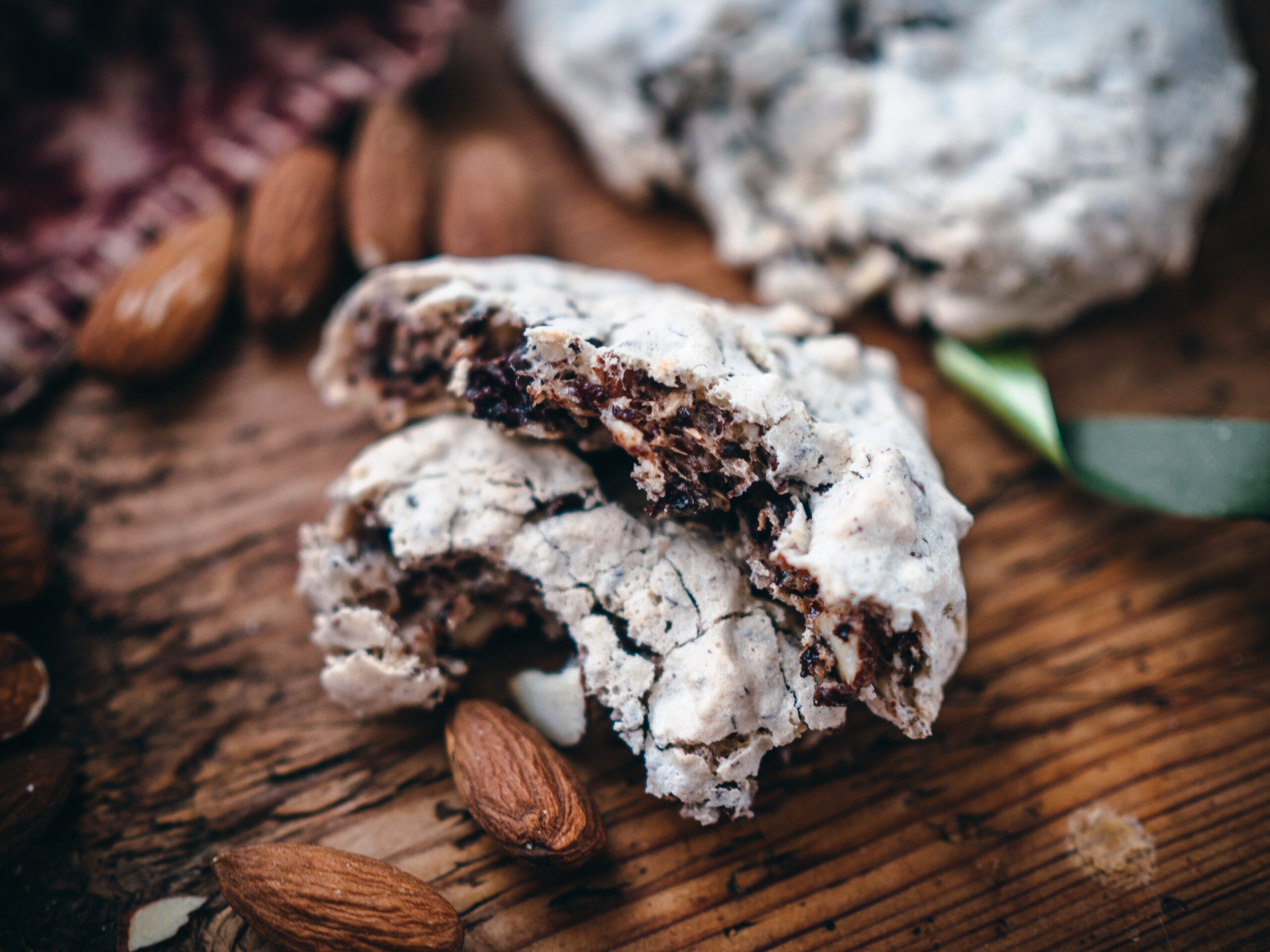

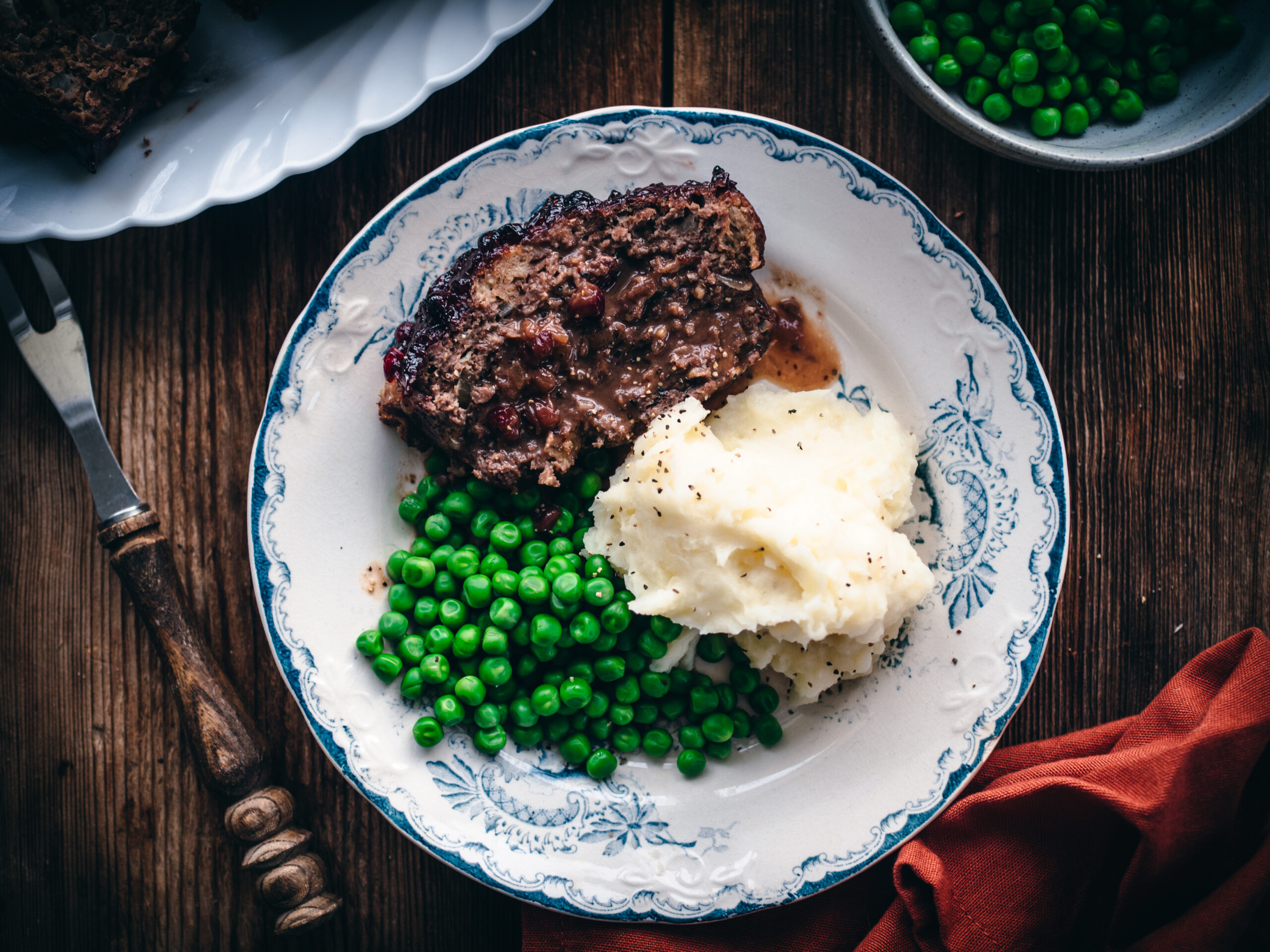
[…] heritage and their connection to nature and the community. I had the privilege of learning about hunting in the Norwegian mountains from Olav and his son, Knut Halvor. Today, they are showing me another important aspect of […]